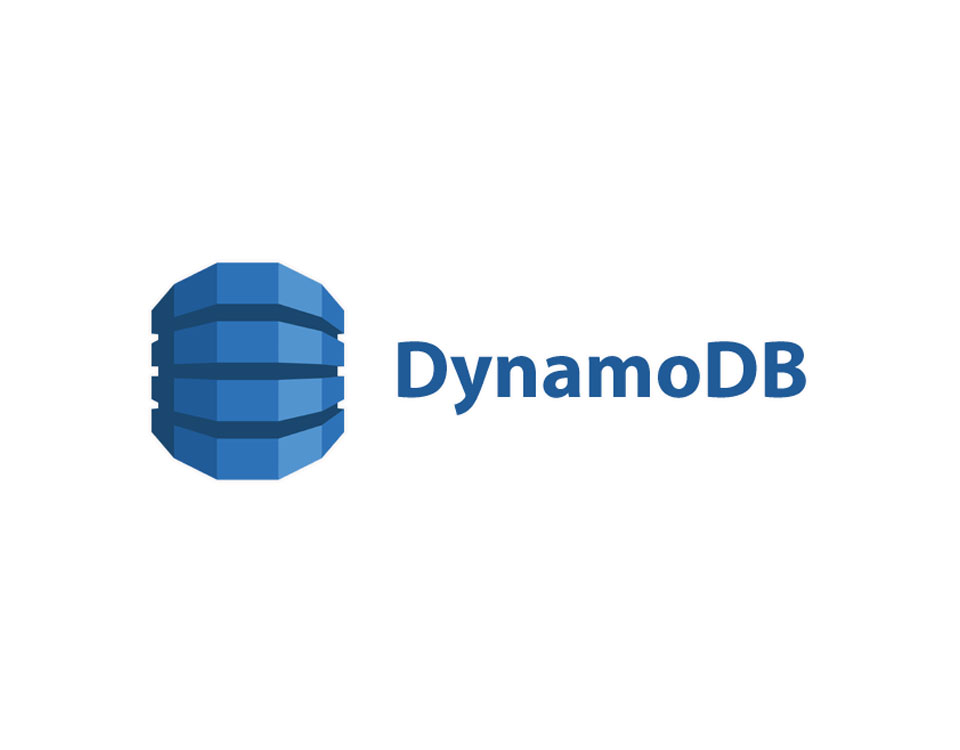Amazon DynamoDB
 Dev H Patel
Dev H Patel
In the recent times where traditional relational databases often struggle to keep pace with the demands of dynamic applications, Amazon DynamoDB emerges as the burning example of innovation and efficiency.
It is a fully managed NoSQL database service provided by Amazon Web Services (AWS), designed to deliver seamless performance at any scale. One of the most striking features of DynamoDB is its ability to scale horizontally without compromising on performance.

Another notable feature of DynamoDB is its seamless integration with other AWS services, such as Lambda, S3, and CloudWatch, enabling developers to build robust, serverless architectures with ease. Be it triggering functions in response to database events or seamlessly storing and retrieving objects from S3, DynamoDB provides a powerful foundation for building cloud-native applications.
DynamoDB with AWS Lambda
One of the key ways DynamoDB integrates with Lambda is through event-driven triggers. With DynamoDB Streams, developers can capture changes to their DynamoDB tables in real-time. These changes, such as inserts, updates, and deletes, are then processed as events that can trigger Lambda functions.

Imagine a chat application where messages are stored in a DynamoDB table. By setting up a DynamoDB Stream and associating it with a Lambda function, developers can automatically process new messages as they are added to the table. This could involve tasks such as sending notifications to users, updating message counters etc. in a fully automated manner.
DynamoDB's pay-per-request pricing model aligns well with the serverless paradigm, as developers only pay for the resources consumed by their applications. This means that as traffic fluctuates, it automatically scales to accommodate the workload, ensuring optimal performance and cost efficiency.
DynamoDB, Lambda and API Gateway: the serverless trio
A popular use case for DynamoDB and Lambda is building RESTful APIs.
With AWS API Gateway acting as a front-end interface, Lambda functions can serve as the backend logic for handling HTTP requests. In this architecture, DynamoDB serves as the datastore for storing and retrieving data, while Lambda functions execute the necessary business logic to process incoming requests and generate appropriate responses.

This serverless approach to building APIs eliminates the need for managing and scaling infrastructure, allowing developers to focus on writing code that delivers value to their users. Together, Amazon DynamoDB, AWS Lambda, and Amazon API Gateway form the backbone of serverless web applications, providing a scalable, cost-effective, and agile platform for building modern applications.
Subscribe to my newsletter
Read articles from Dev H Patel directly inside your inbox. Subscribe to the newsletter, and don't miss out.
Written by

Dev H Patel
Dev H Patel
CSE student, willing to be an eternal learner. Cloud computing fascinated & an avid self-help reader. Cheerful as believed by the colleagues.